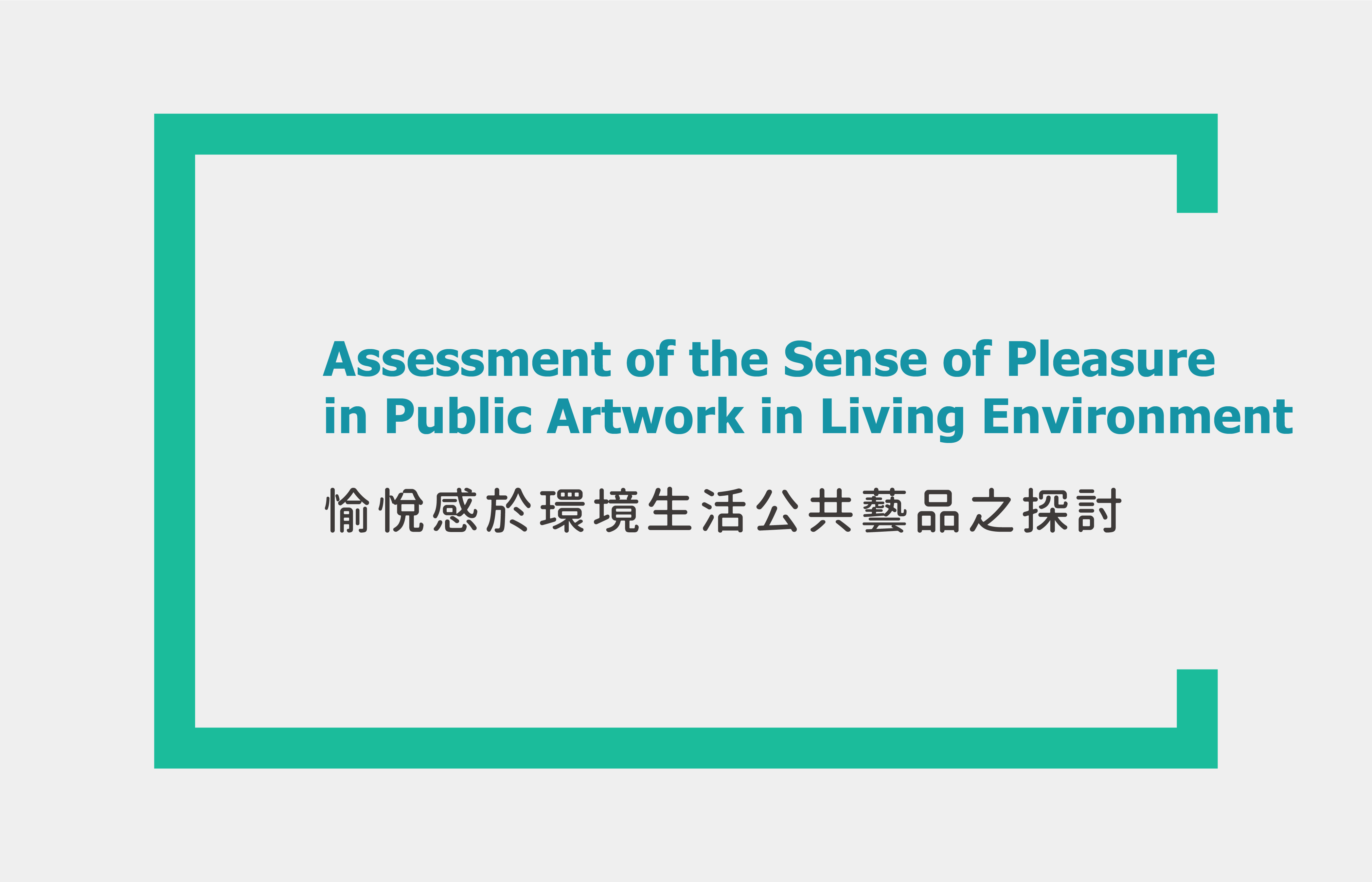愉悅感於環境生活公共藝品之探討

Abstract
We can often see a lot of art works set in our living environment, and the “Act on Setting of Public Art” has also been promulgated by government for more than 20 years. However, our people still have a smattering of knowledge about the integration of public art into living environment. Setting of public art is a kind of artistic activities that combine the public and the public living space. It can also allow people to walk out of the room and interact with the natural and human environment, increase human’s understanding of the urban environment, let art enter people’s life and practice the art of living. This research has studied the public art works on Xueqin Road near the New Taipei City Senior High School Affiliated to Taipei University in Sanxia District in Taiwan, which are originally expected to enhance the public’s appreciation of aesthetics, and also explored and tried to understand how the residents living here feel about the giant 12 artworks. It is hoped that the results of this research can be used as a reference for public art setting. This research has explored (1) whether there is a difference in the pleasure of the viewers' perceptions of public art, and (2) whether the aes-thetic experience have an impact on pleasant response of the public to public art. And it has invited students, teachers and parents from schools adjacent to the public art setting to answer the questionnaire as subjects, so as to understand the relationship between art and pleasure, enhance students’ theoretical knowledge of artistic appreciation and to realize the social function of effective art teaching in the cultural and creative industry development.
參考文獻
1. Chen, X., Yan H., Li X., Lin Z.: Case study of curatorial design–a case study of the poetic picture–the beauty of immortal clouds painting exhibition. J. Des. 21(4) p.1-24 (2016)
2. Chen huiting. Public art and school education. Public art newsletter, 31,1. (2002)
3. Committee on cultural development of the executive yuan. Reference manual for public art setting operations. Taipei: civil society .(1998)
4. Shao Peiren, .: Phase of Contemporary Cultural Arts. Artist Press, Taiwan (1992). Astrin-gent
5. Guo, m. c .: the study of public art Settings in schools: a case study of the public art Settings in Taipei city's fuxing elementary school Master's thesis, institute of visual arts, Taipei nor-mal university, Taipei .(2003)
6. Huang jianmin. American public art. Taipei: artist. (1992)
7. Wang Peiya, Li Jianping: Education, art and public implication. Public art newsletter, 40, 13-14. (2007)
8. Kandinsky: Spirituality of Art. Artist Press, Taipei City. Wu, M. (Trans-lator). (1998)
9. Lin, R.: Outsider Art, National Aesthetics–Enrichment of Retirement with Art. Hu-manit.Soc. Sci. Newsl. 18(3) pp.13-26 (2017)
10. Lu chun-jiao.: Reading the guide to the public art festival, national taichung library, Taiwan. (2012)
11. Trancik, Roger .: Finding Lost Space-Theories of Urban Design、Taipei: pastoral city cul-tural (1991)
12. Wu shih-hsih。The relationships among Public art and Urban space.(2006)
13. Yan chung hsien: Urban walking study,59:6-4-65,Eslite published、Taipei.(2005)
14. Yom, J. J.. Public art in Chicago's Millennium Park as a model for the new Civic Park in Los Angeles. (Doctoral dissertation, University of Southern California, 2007). Dissertation Abstracts International, 45(5)(2007)
